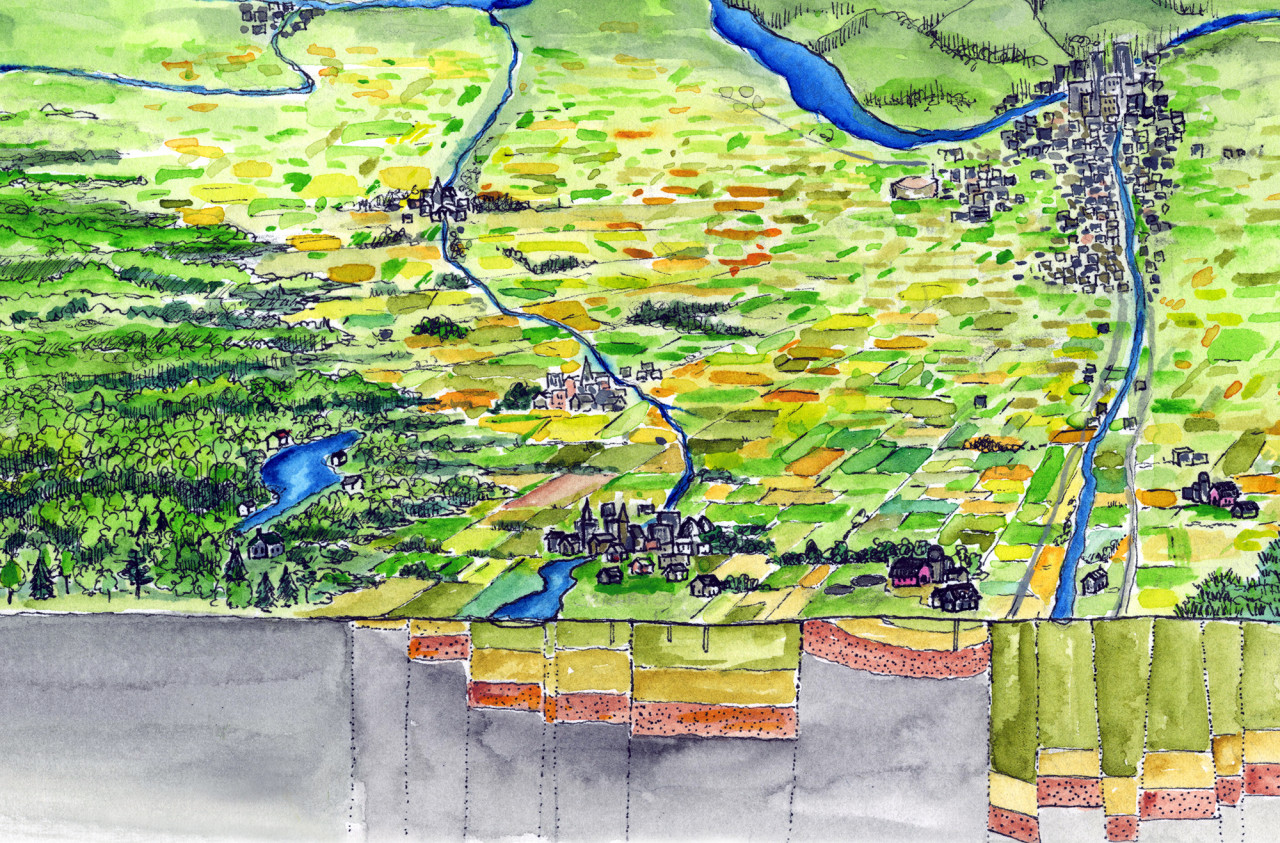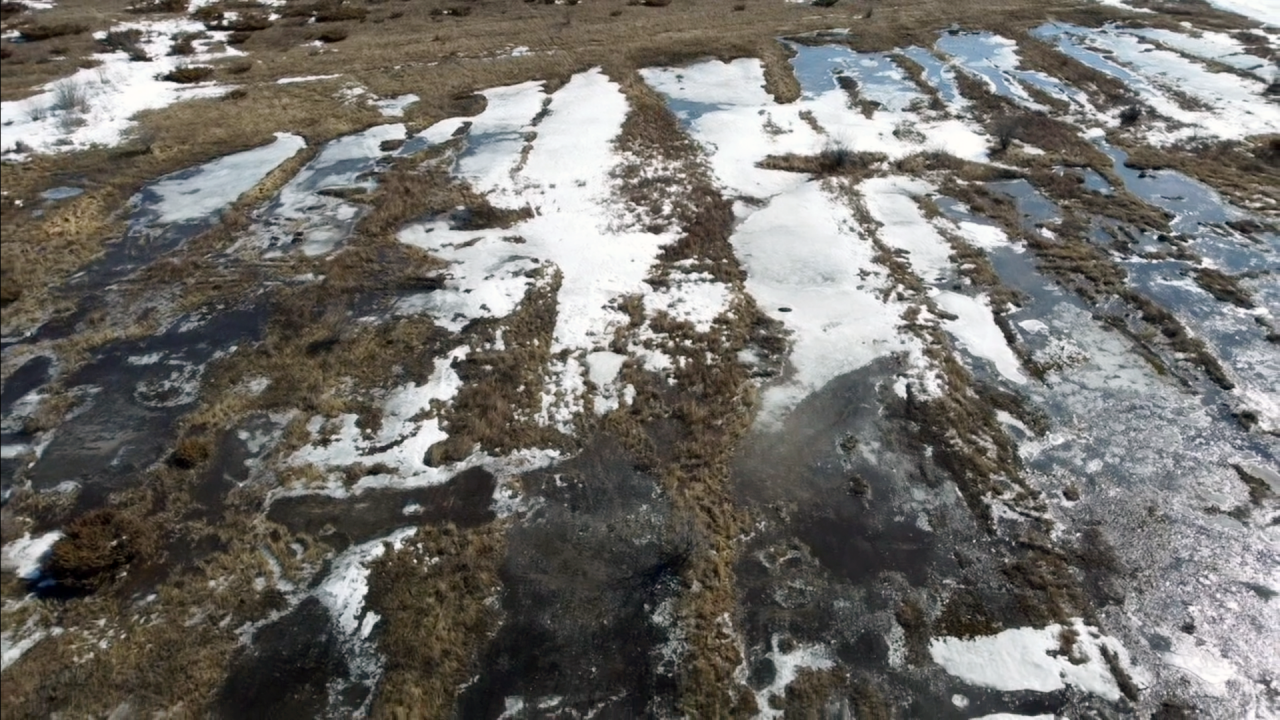It's a bright sunny morning on March 22. You've woken up in Eastern Ontario to warming and lengthening days but also to soggy ground, rising creeks and rivers, swollen wetlands, and cold rain in the days before and ahead.
What does all this water have in common? Groundwater, of course - but you knew that, at least you knew it intuitively in the depths of your watery core.
The rain and melting snow are now seeping into our aquifers, this season being a major period of renewal where our underground aquifers are topped-up and replenished for the year ahead. Our wetlands are holding back the floodgates to our creeks and rivers: storing rain, melted snow and groundwater that would otherwise quickly flood many communities and places across the watershed.
Even so, the streams and rivers in our region are brimming with even more groundwater than usual. And the ground, still partially frozen, is draining to our high water tables and taking in more and more water each day to transport to our aquifers.
This is our water cycle, during one of its red-carpet moments. Everyone is taking note. Flash-bulbs are going off, at least here at RVCA; and heads are turning, if only to duck under an umbrella. But what we cannot see is the immense blue jewel hidden under the lights and umbrellas of that imaginary red carpet scene, hidden right under our feet. A blue jewel that can buy us all long-term health and prosperity - if we can keep it safe.
If we were able to shine a light into our aquifers, what would we see? We would see an immense amount of water slowly moving from the ground down to the water table. We would see that our main aquifers are actually deep expanses of bedrock, which in the lower watershed create a limestone, sandstone, and shale layer-cake, and in the upper watershed feature ancient granite-like and marble-like rocks from the Canadian Shield. Together, these rocks house the vast majority of our fresh water reserves.
And we would see an intricate network of expansive partings and cracks in the bedrock: these are the highways on which our groundwater travels, but they also make it extremely easy for contaminants like bacteria, road salt and chemicals to hitch a ride. These cracks make our aquifers extremely vulnerable to contamination.
That's right: about 90% of our shallow drinking water reserves are known to be highly vulnerable to contamination in the Rideau River and Mississippi River Watersheds. Without deep or fine-grained soil to filter water as it travels downward, contaminants have a free ride straight to our aquifers.
But we can stop contaminants from slipping through the cracks. Today is World Water Day and 2022 is the international year of groundwater. Let's make the invisible visible during 2022. Let's put a spotlight on our true wealth: our underground drinking water reserves. Over the coming year, join the RVCA to learn about the vulnerability of our aquifers, what threats pose risk to our hidden groundwater jewel, and what we can do to preserve this watery wealth and ensure our healthy future.
For more information visit www.mrsourcewater.ca or check out the video below:
Written by RVCA Groundwater Scientist Claire Milloy.


